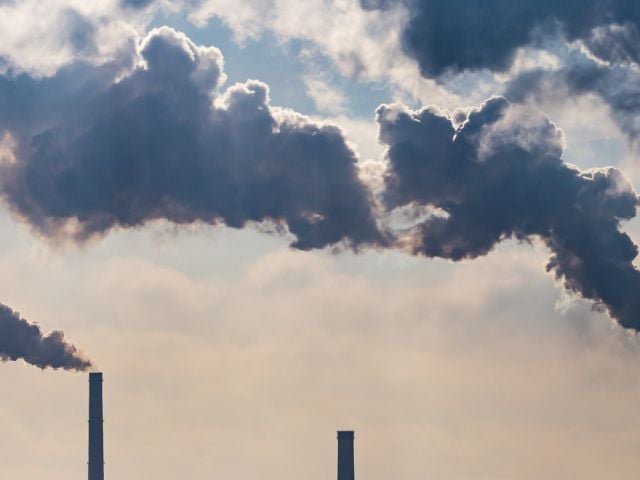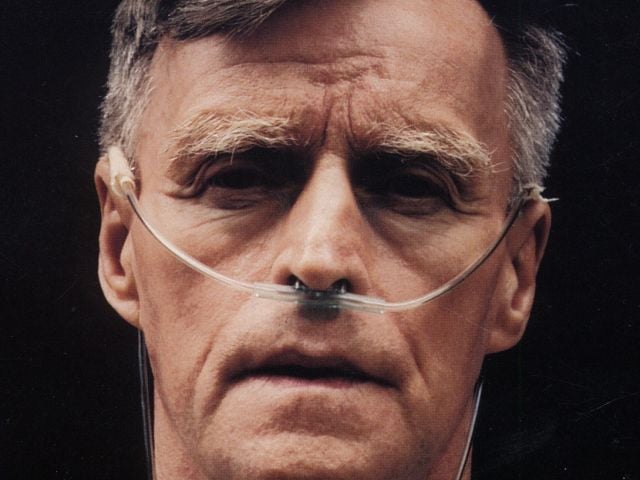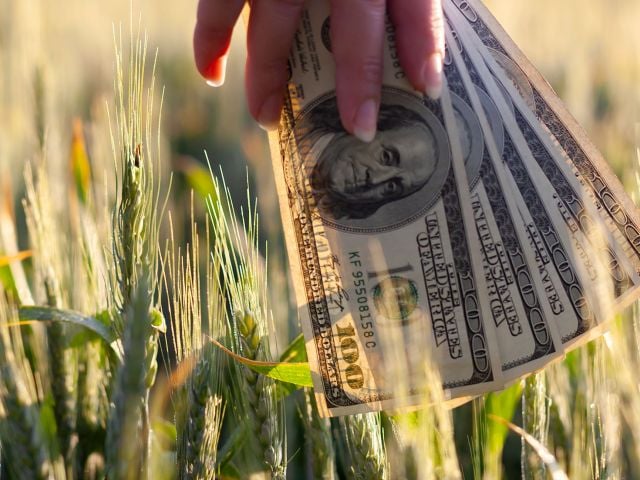Displaying 841 - 862 of 862
Research
California Policy Linked to Higher Flame Retardant Exposures
The new study by EWG and Duke University researchers shows that the exposures to the two chemicals were higher in Calif. than in a similar study done earlier in N.J.

Research
Teen Girls' Body Burden of Hormone-Altering Cosmetics Chemicals
Laboratory tests reveal adolescent girls across America are contaminated with chemicals commonly used in cosmetics and body care products. Environmental Working Group (EWG) detected 16 chemicals from 4 chemical families - phthalates, triclosan, parabens, and musks - in blood and urine samples from 20 teen girls aged 14-19.

Many companies declare that their products have no added PFAS. The brands listed below are chiefly drawn from the registries of Green Science Policy Institute, ChemSec and Cradle to Cradle Certified. Additional brands are included.
Research
Gas Tax Losers
As Congress prepares to reauthorize a six-year transportation bill worth close to $300 billion, a first ever investigation of metro area transportation spending by the Environmental Working Group found that commuters in 176 metropolitan areas paid a total of $20 billion more in federal gas taxes than they received in federal highway trust fund money for both transit and highways from 1998 through

Research
Bonus Subsidy
A new Environmental Working Group analysis identifies and posts online more than 1.2 million prospective recipients of a proposed $1.5 billion crop subsidy bonus contained in HR 4939, The Emergency Supplemental Appropriations Act for Defense, the Global War on Terror, and Hurricane Recovery of 2006. The Senate is expected to act on the spending bill this week.

Research
Taking from the Taxpayers
For decades taxpayers have provided subsidized water to California farmers at rates far below fair market value. When the amount of cheap water delivered to farmers was reduced during the severe drought of the early '90s to protect two species of endangered fish, a group of San Joaquin Valley water districts representing some of the nation's biggest farming operations sued the government for

Consumer Guides
EWG’s guide to bug repellents
EWG has updated our guide to bug sprays and repellents to protect your family from bug bites, including those from ticks, mosquitoes and other critters. Use our guide to find the best bug spray and repellent for your family.

Research
Dioxin
After nearly 30 years of delays caused by pressure from chemicals and defense industries, the US Environmental Protection Agency (EPA) is moving forward on setting a safety limit for exposure to dioxin, a ubiquitous, highly toxic and carcinogenic chemical that people of all ages ingest daily with their food – starting at a mother's breast.

U.S. Toxics Registry Should Set Exposure Limit For Chemicals in "Teflon" Family
EWG comments that the Agency for Toxic Substances and Disease Registry draft toxicological profile for perfluoroalkyl compounds lacks risk-based values despite abundant data that the chemical family...
Research
Water Treatment Contaminants:
Across the nation, chlorine, added as a disinfectant to kill disease- causing microganisms in dirty source water, is reacting with rotting organic matter like sewage, manure from livestock, dead animals and fallen leaves to form toxic chemicals that are potentially harmful to people.

EWG Debunks Ethanol Lobby's Push For Clean Air Act Waiver
LINK: Science Analysis - Ethanol Health Risks and Engine Damage The Honorable Lisa Jackson Administrator U.S. Environmental Protection Agency 1200 Pennsylvania Avenue, NW Washington, DC 20460 Subject...
Research
Mother's Milk
In the first nationwide tests for chemical fire retardants in the breast milk of American women, the Environmental Working Group (EWG) found unexpectedly high levels of these little-known neurotoxic chemicals in every participant tested.

Research
Virtual Flood
The federal government has promised Central Valley agribusinesses it will increase the amount of taxpayer-subsidized irrigation water by 43 percent over the next 25 years, well beyond what the state's infrastructure can reliably supply, according to Bureau of Reclamation documents obtained by Environmental Working Group (EWG).

EWG Comments to BPA Advisory Panel
BPA Experts Find Hundreds of Errors in Government Assessment Download a PDF of EWG's comments below, or view the press release. August 6, 2007 Dr. Michael D. Shelby Director Center for the Evaluation...
Research
Bisphenol A - Toxic Plastics Chemical in Canned Food
EWG laboratory tests found a toxic food-can lining ingredient associated with birth defects of the male and female reproductive systems in over half of 97 cans of name-brand fruit, vegetables, soda, and other commonly eaten canned goods. The study targeted the chemical bisphenol A (BPA), a plastic and resin ingredient used to line metal food and drink cans. There are no government safety standards

Research
Asbestos: Think Again
A six-month EWG Action Fund investigation into asbestos in America uncovered an epidemic of asbestos disease and mortality that affects every state and virtually every community in the country. Asbestos kills 10,000 Americans each year, 2,500 more than skin cancer, and that number appears to be increasing. While most of these individuals are workers exposed decades ago, asbestos is not yet banned

Research
PCBs in Farmed Salmon
These first-ever tests of farmed salmon from U.S. grocery stores show that farmed salmon are likely the most PCB-contaminated protein source in the U.S. food supply. On average farmed salmon have 16 times the dioxin-like PCBs found in wild salmon, 4 times the levels in beef, and 3.4 times the dioxin-like PCBs found in other seafood.

Research
Shopper's Guide to Compact Fluorescent Light Bulbs
Compact fluorescent light (CFL) bulbs uses 75 percent less energy than its incandescent counterpart, lasts up to 10 times longer than an incandescent bulb. But all CFL bulbs aren't equal. Some have lower mercury content than others, and some last much longer. Unfortunately, you can't tell the best of the best by their labels - or the U.S. government Energy Star logo. Some Energy Star labelled

Research
Obstruction of Justice
A new investigation by Environmental Working Group (EWG) and the National Black Farmers' Association (NBFA) finds that the United States Department of Agriculture (USDA) willfully obstructed justice by deliberately undermining the terms of a 1999 landmark civil rights settlement with African American farmers. As a result, the vast majority of African American farmers have been denied compensation

Research
Weed Killers By The Glass
Beginning on May 15, 1995, a network of environmental organizations began testing tap water for weed killers in cities across the U.S. Corn Belt, in Louisiana, and in Maryland. Samples were collected every three days from people's homes or offices. Samples collected were sent to the Iowa State Hygienic Lab and analyzed for the presence of atrazine and cyanazine, two of the most heavily used

Research
The Cash Croppers: Farm Subsidies 1985-1994
Over the past 10 years, American taxpayers made payments totaling $108.9 billion through Federal farm subsidy programs. But just 2 percent of the programs' recipients - only about 60,000 corporations, partnerships and individual farmers - received an astronomical 26.8 percent of the subsidies, $29.2 billion in all.

Research
Just Add Water
More than 45 million Americans in thousands of communities were served drinking water during 1994-1995 that was polluted with fecal matter, parasites, disease causing microbes, radiation, pesticides, toxic chemicals, and lead at levels that violated health standards established under the federal Safe Drinking Water Act. More than 18,500 public water supplies reported at least one violation of a

Pagination
- First page
- Previous page
- …
- Page 28
- Page 29
- Page 30
- Page 31
- Page 32
- Page 33
- Page 34
- Page 35
- Current page 36